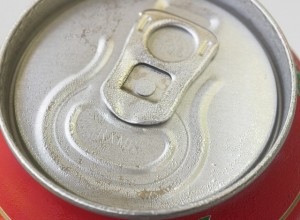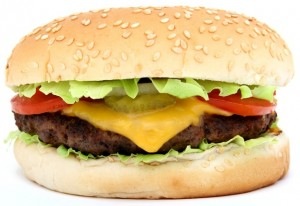 How many calories . . . how much sugar?
How many calories . . . how much sugar?
In a recent post in his blog, Weighty Matters, Dr. Yoni Freedhoff asks an excellent question: “What happens if you drink a can of Coke daily for a year?” His startling answer: “you’d end up slurping up 32,850 calories along with nearly 40 cups of sugar. Drink a Coke a day for a decade and that’d translate to 94 pounds worth of Coca Cola calories and 400 cups (>200lbs!) of sugar.”
Candy in small pieces
Last week, an article in the Business Section of the New York Times talked about the Hershey Company introducing three new varieties of small piece candy : Almond Joy Pieces, York Pieces and Hershey’s Special Dark Pieces, modeled after Reese’s Pieces. A Hershey spokeswoman quoted in the article said, “Consumers needed something that was easy to snack on when on the go . . . You can just grab a couple and pop them in your mouth from a bowl or bag.”
A senior analyst at market research firm feels that expanding the Pieces line might appeal to customers who want to control their and their children’s portions. She says in the article: “If you’re trying to watch your weight, or your kid’s sugar intake, a candy bar is a big deal . . . but if you don’t want to overdo sugar in your obese kid’s lunchbox, you can still put a few Almond Joy Pieces in there.”
What do you think?
Does it bother anyone else that an analyst is talking about putting sugar in, her words, “your obese kid’s lunchbox,” or that candy companies preach portion control by making small piece candies when they know that most people will not stop at one pack, or, knowing the consequences, we continue to pour down sugar filled sodas and fight the sugary drink tax being proposed in many municipalities?



